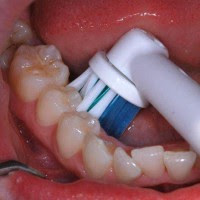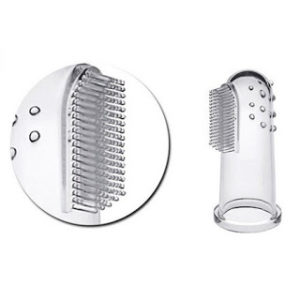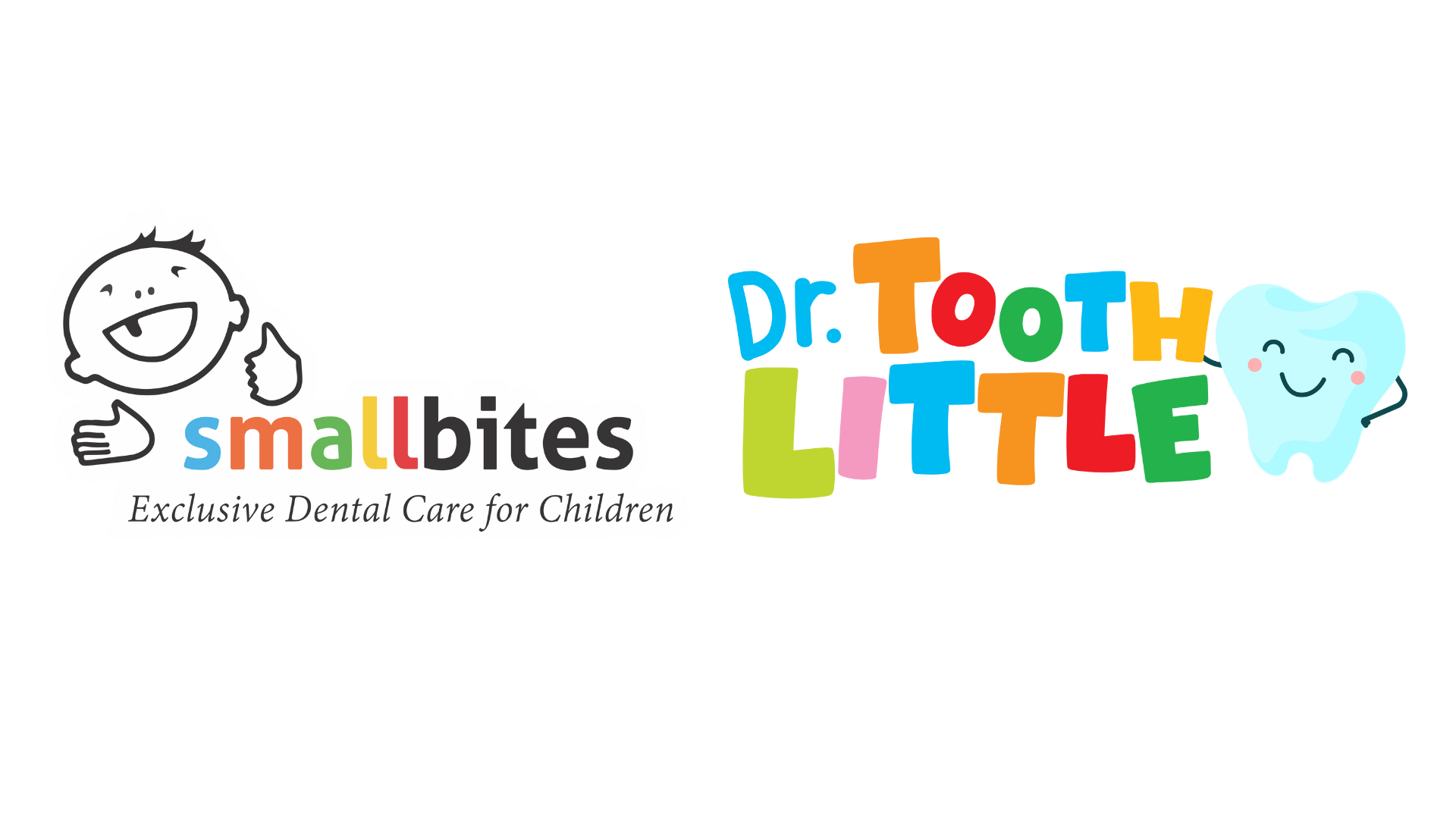Toothbrushes are one of the most important tools in dental hygiene, and yet they are often taken for granted. While adults choose toothbrushes based on ease of use and other fancier requirements – dual bristles or unusual shape, with children we often buy what we assume is best for them in terms of their looks.
Toothbrushes have come a long way – from ‘chew sticks with frayed edges’, still used in rural areas, to those crafted with bone or wood. Nylon bristled plastic toothbrushes, as we see them today, were only introduced in the 1930’s.
What is it important to select a proper Toothbrush?
Toothbrush plays an important role in a child’s oral health. Brushing removes accumulated food, plaque found between teeth and even the yellowish stain on them (a sticky film of bacteria). If plaque is left untouched, it leads to tartar formation or whitish deposits between teeth. When this tartar hardens, brushing becomes difficult, leading to gum tissue swelling or bleed. This is when periodontal or gum disease actually begins.
Which is the best toothbrush to choose for your child’s teeth?
The toothbrush market is bursting with them in various sizes, colors and shapes. It is often difficult to choose which is the perfect one. Below are a few pointers about what you can look out for;
- Soft Bristled – Children have small teeth, and their gums are sensitive. Soft bristles help remove plaque and food from the gum line, as well as are gentle on gums. It is better to choose toothbrushes that have a rounded end or are polished.
- Comfort matters – It doesn’t matter what toothbrush you choose for your child’s teeth, it must be comfortable. Long toothbrushes can cause injuries and short ones may not reach certain areas of the mouth. The only criteria you should look for, is whether the brush fits their mouth and reaches the back of it as well.

- Regular or Powered Toothbrushes – Electric powered toothbrushes are very popular abroad, but haven’t yet caught the fancy of Indians in a big way. While powered have been thought to clean teeth better, regular ones are just as good, safer and also cost-effective.
How to select age-specific brush
Babies and Toddlers – Using a damp cloth or gauze, rubbed gently in circular motions is sufficient to clean baby’s teeth. Toothbrushes are available for babies, which are small and convenient. Beginning their use early, makes the child get used to the ritual and removes accumulation of milk and food. 
By 2 years of age, toddlers are eager to brush themselves, and longer toothbrushes with small heads and soft grips can keep them busy with their teeth.
Five to Eight – At this age, the child shows his readiness to brush independently. The toothbrushes although similar to adult ones, are still small with large handles. Manual and powered are often available for pre-adolescent children.
Buying the right toothbrush for your child’s teeth, isn’t where it all begins and ends. For clean and healthy teeth, brushing must be done twice a day, after breakfast and before bed at night. Flossing must be done whenever possible, to remove food accumulated between teeth. When toothbrush bristles fray or after a period of three months – whichever earlier – new toothbrushes have to replace the old ones. Brushes for kids are to be replaced more frequently than that of adults.
It is always important to involve your child when buying toothbrush for themselves, so that they grow to love the entire process of cleaning their teeth lifelong.

